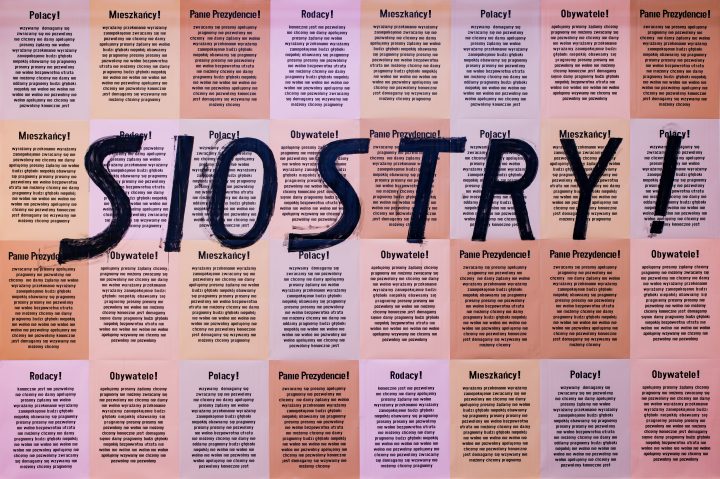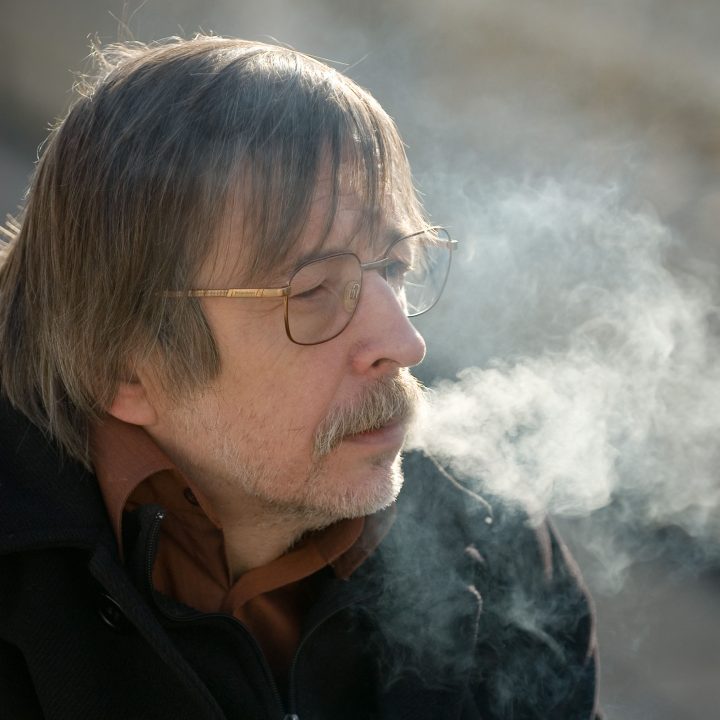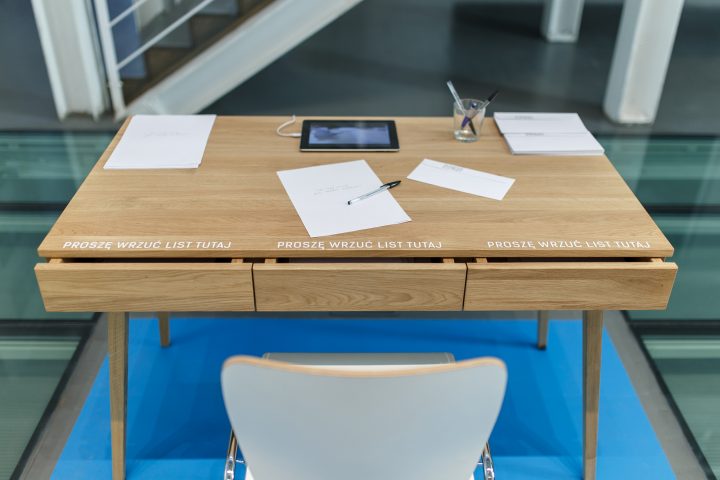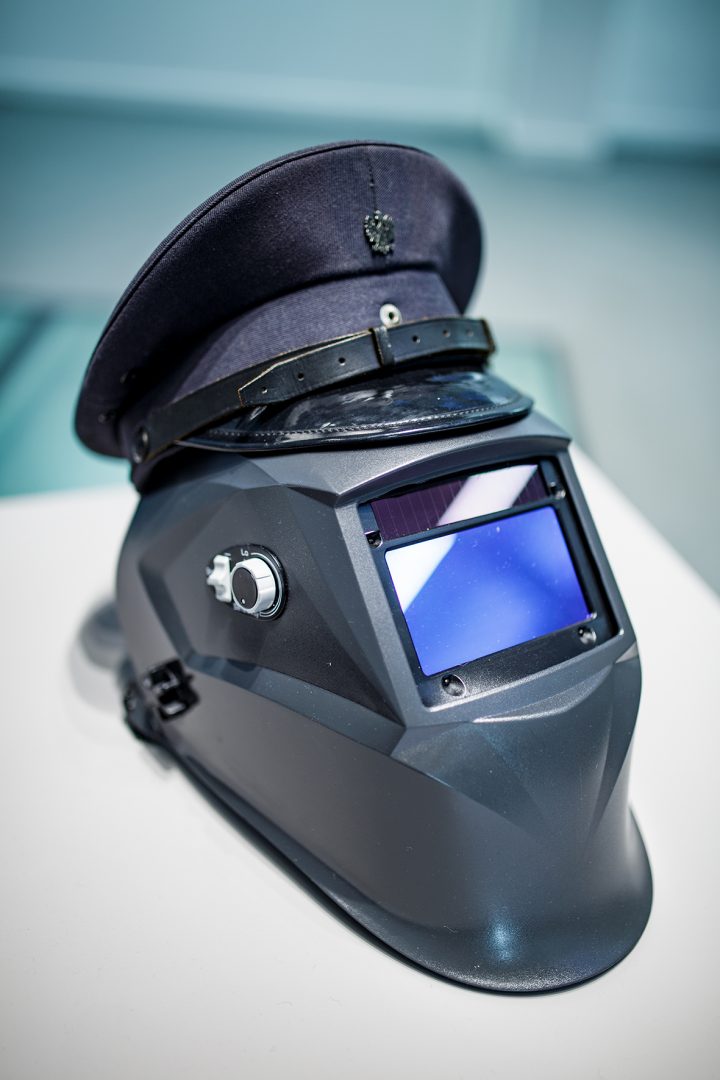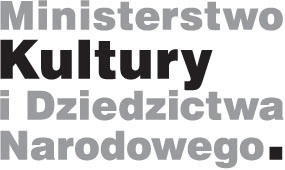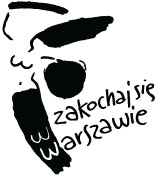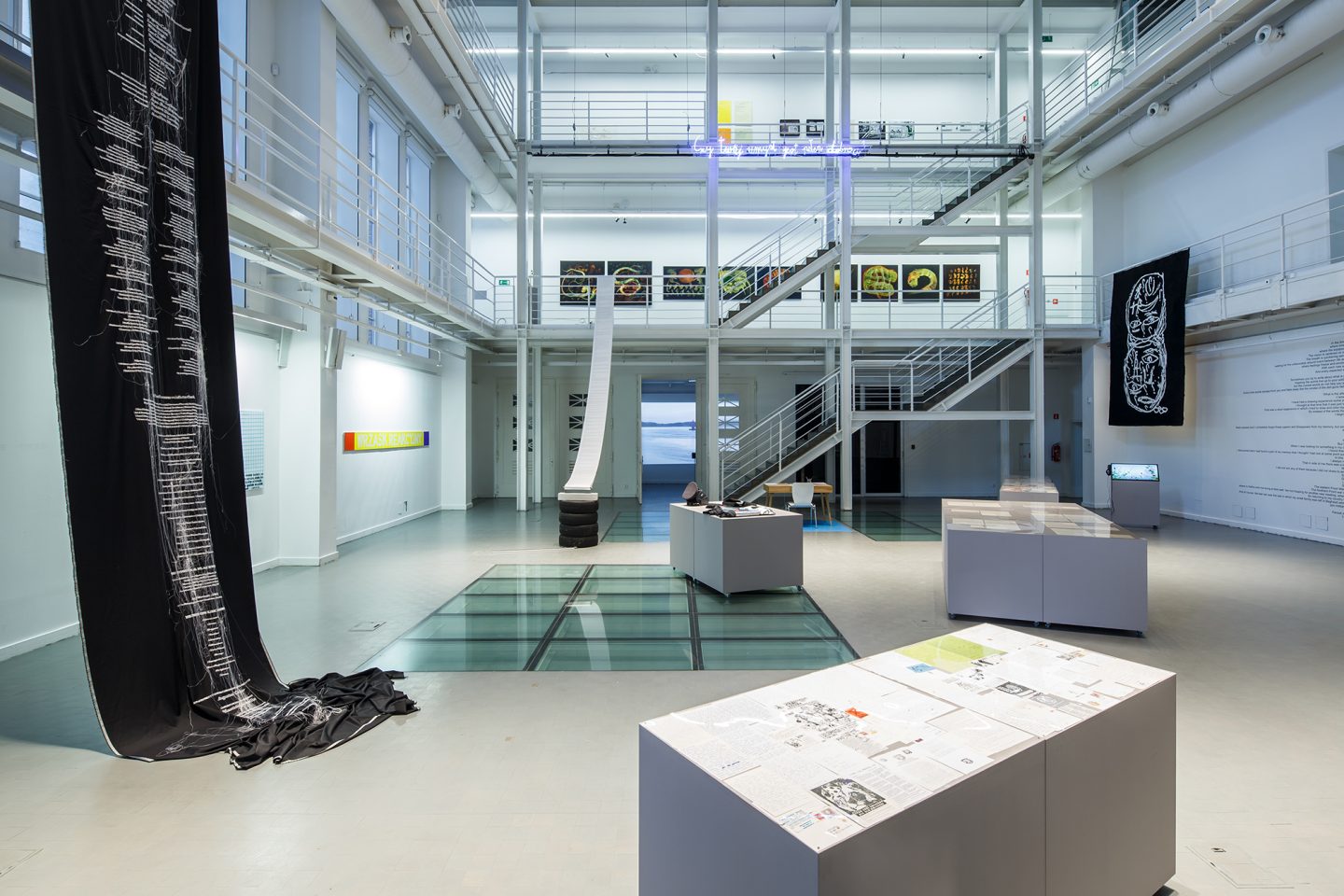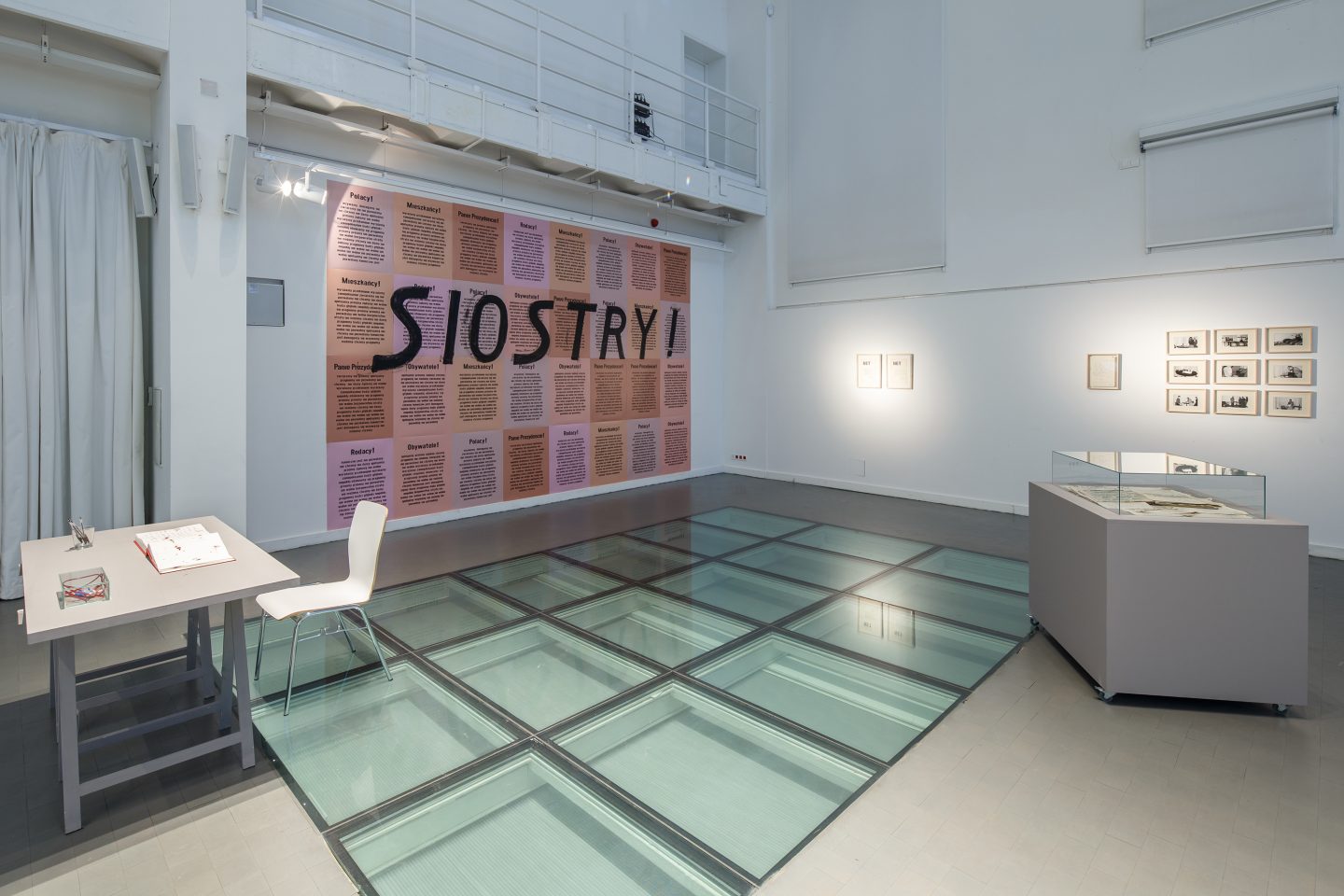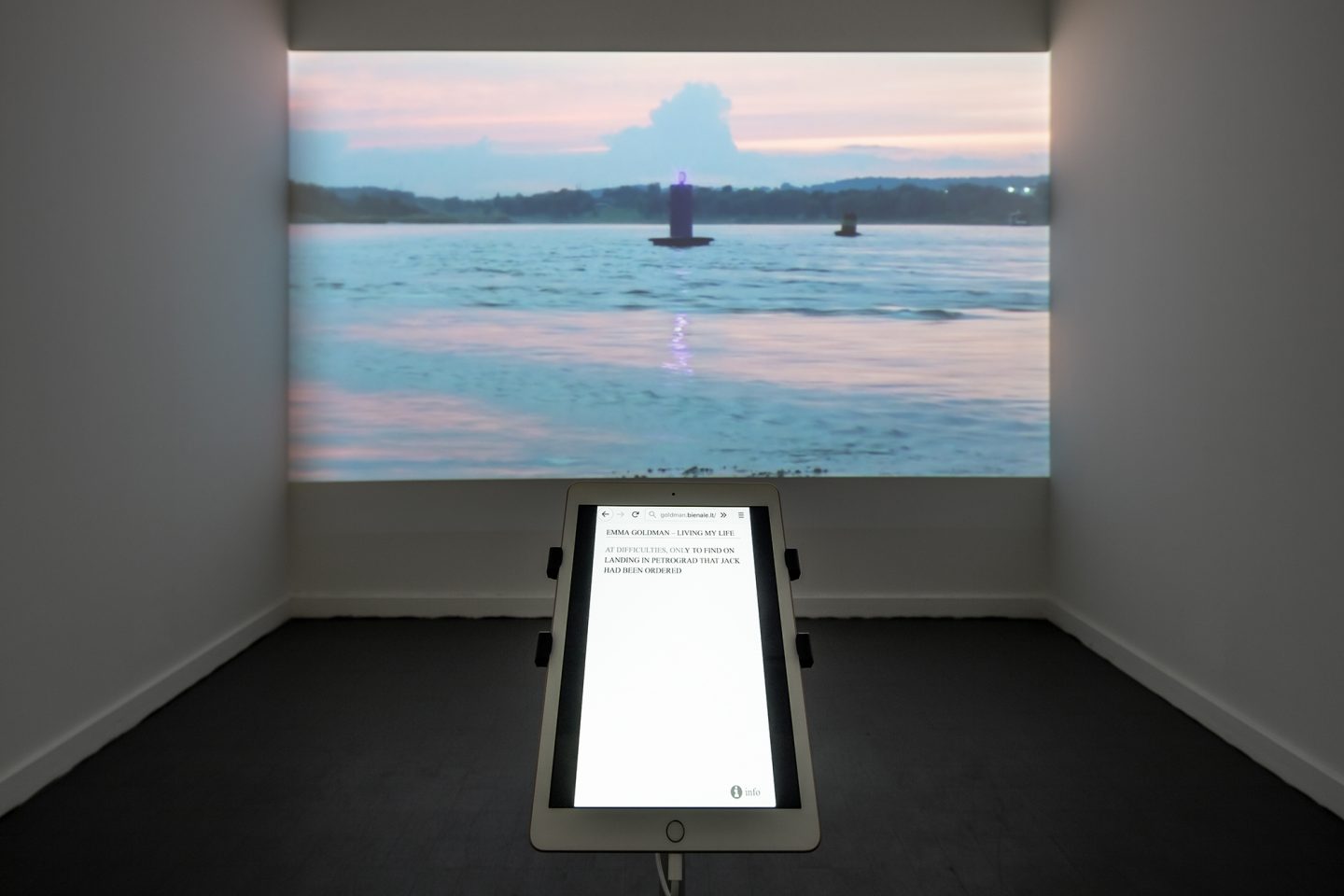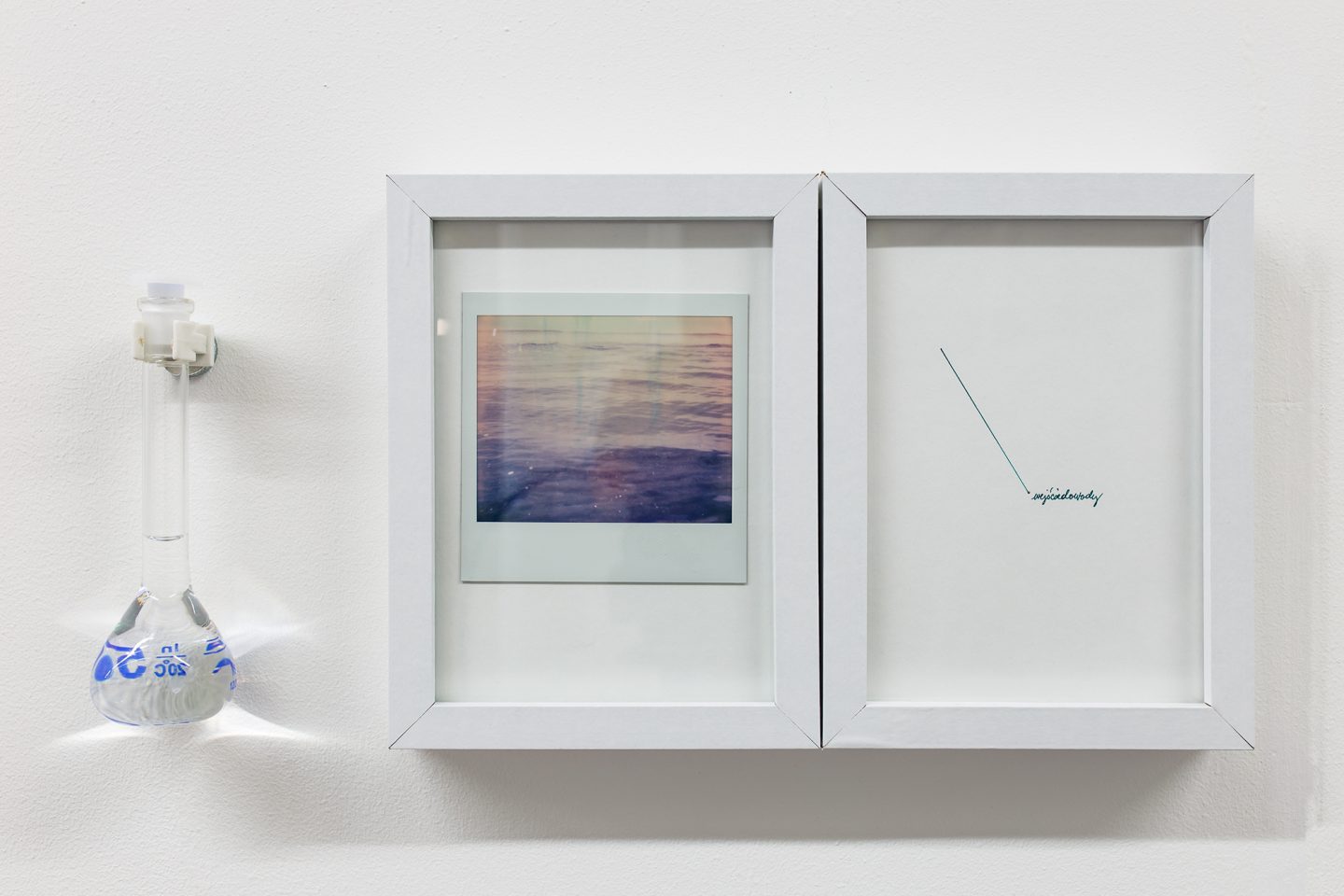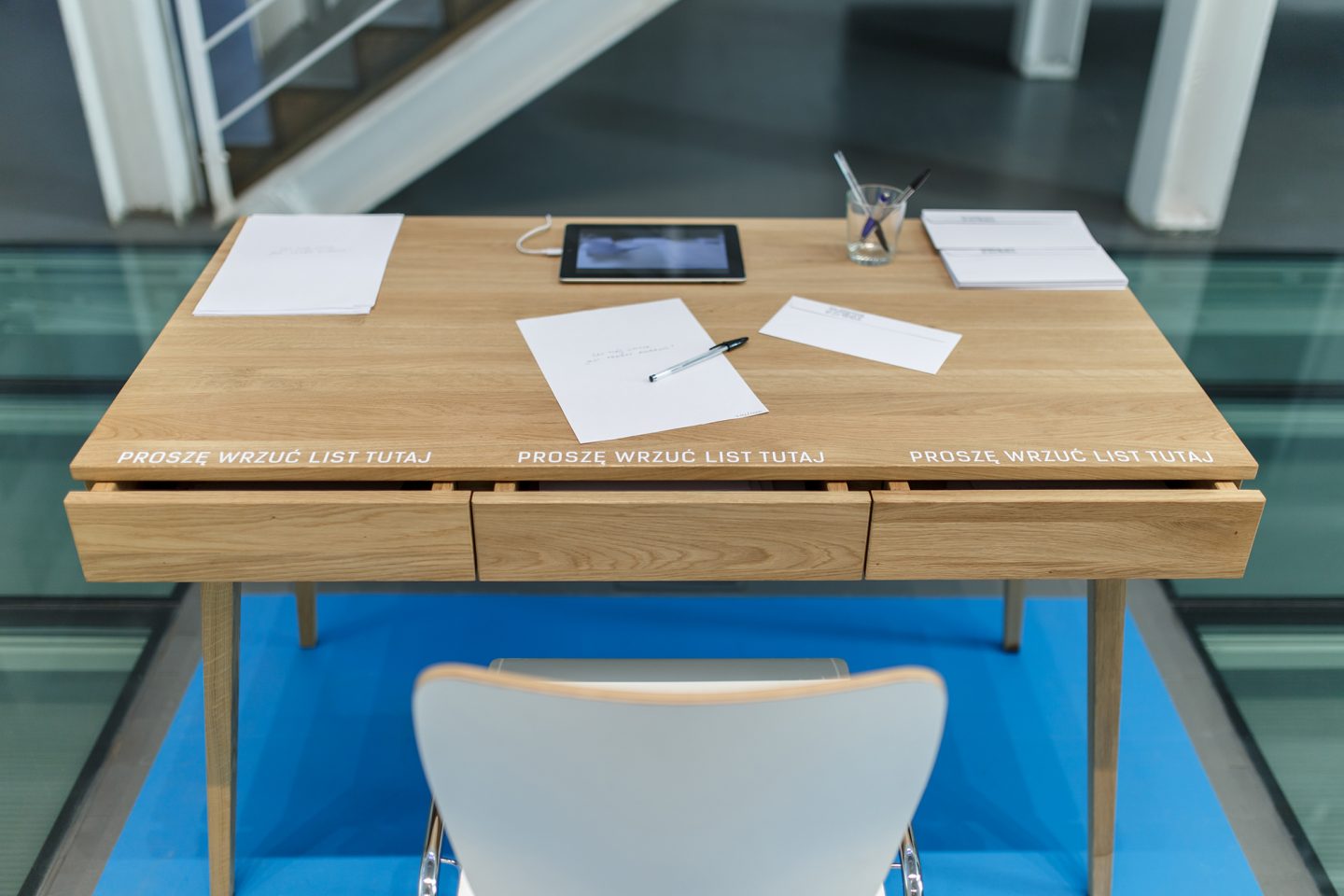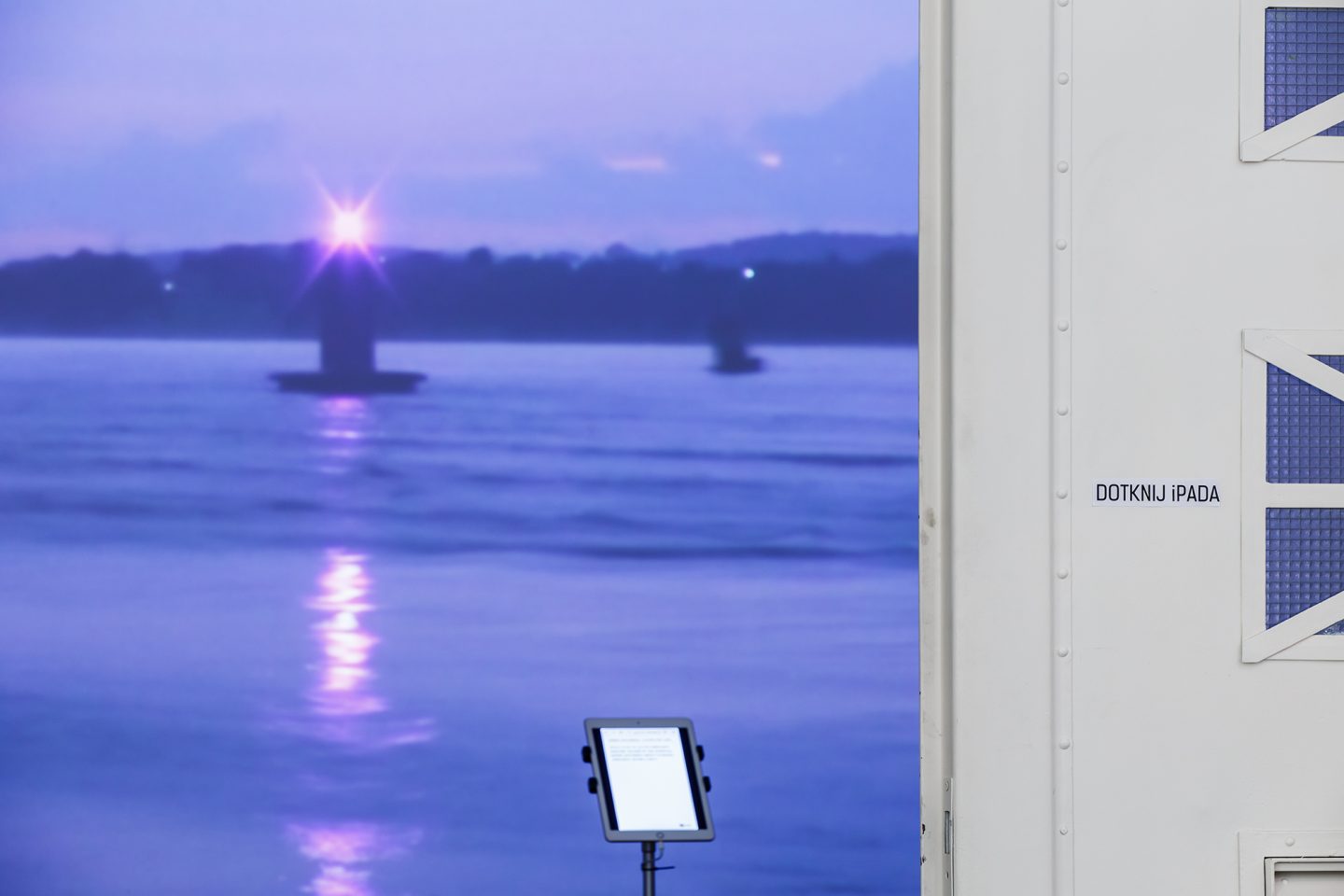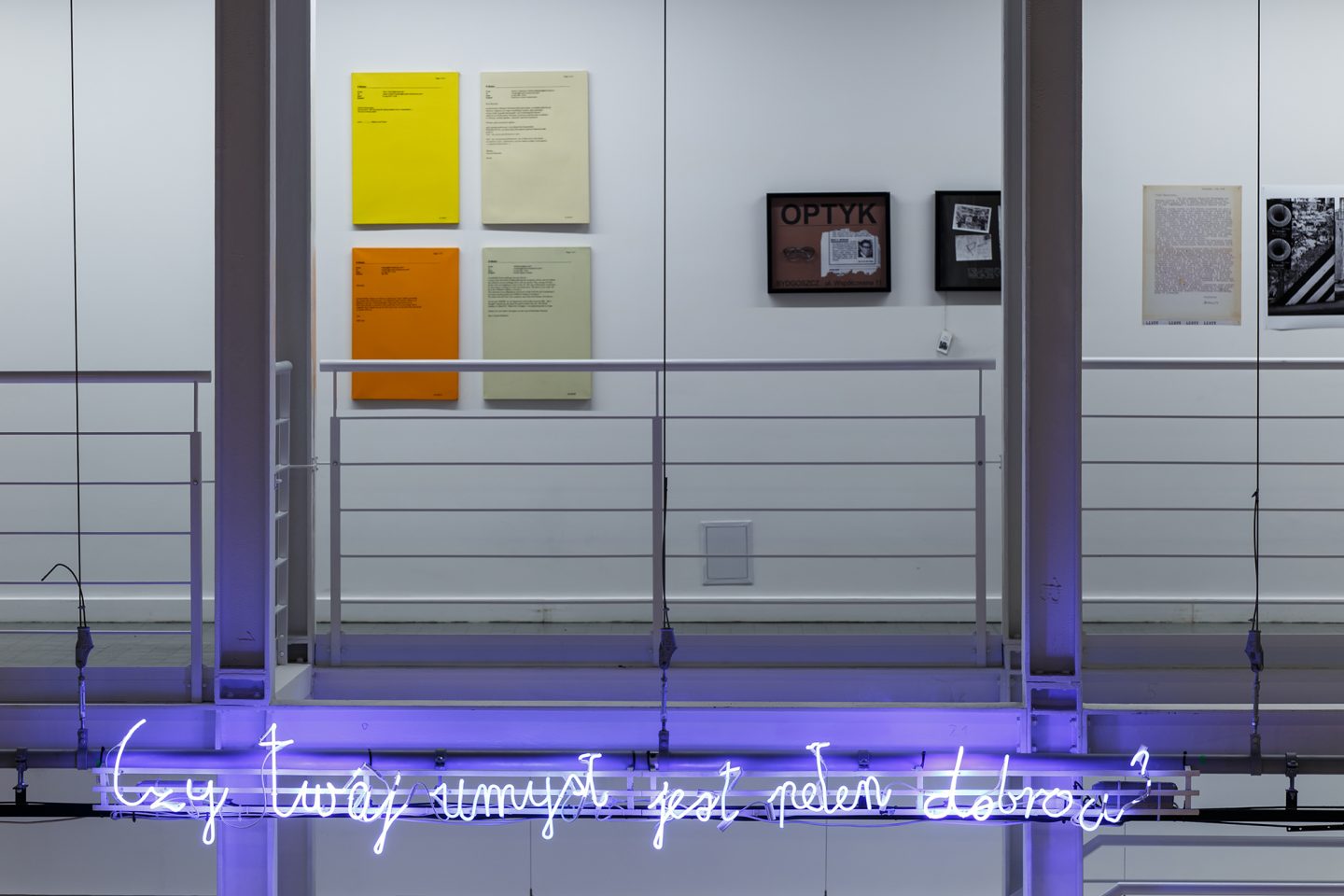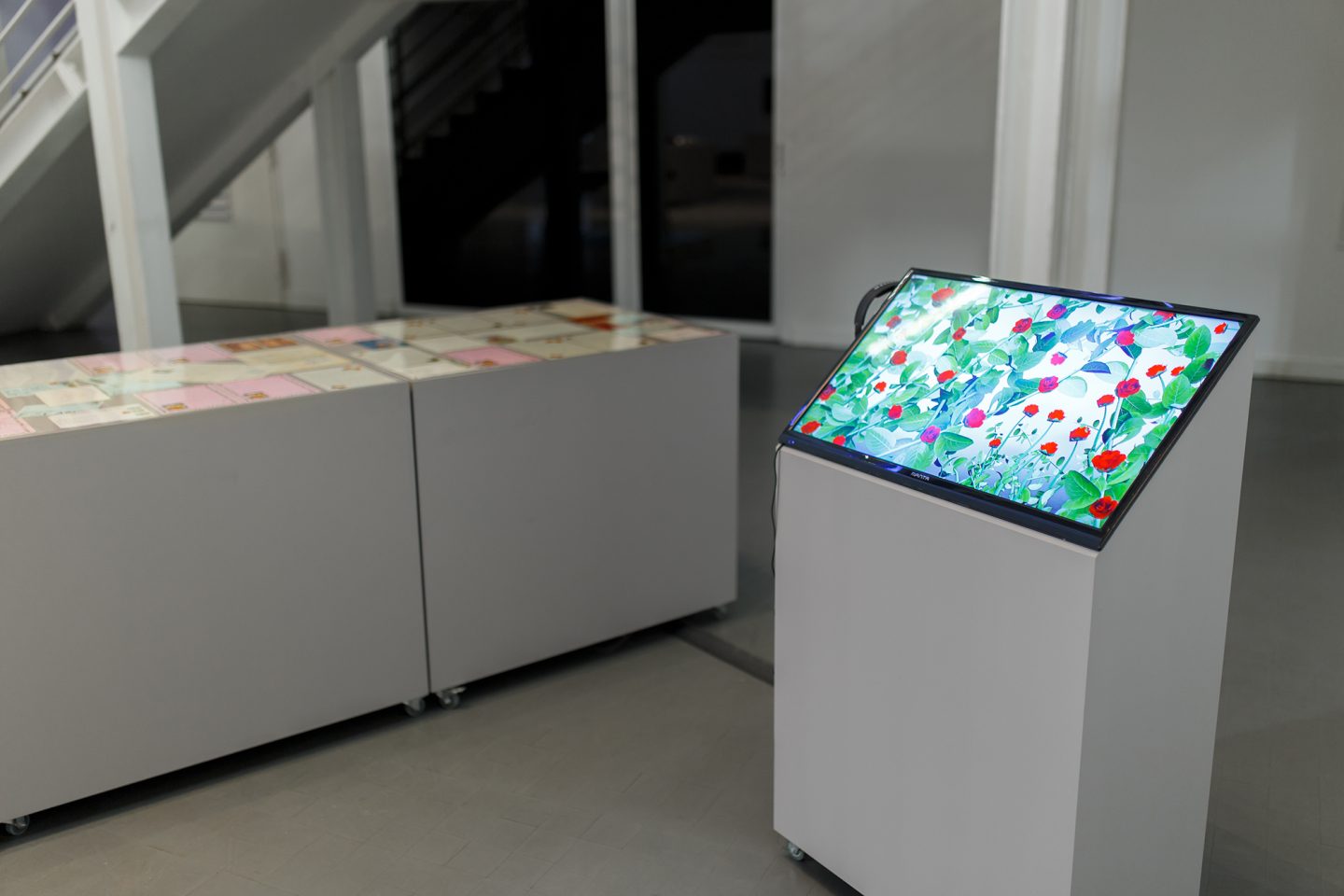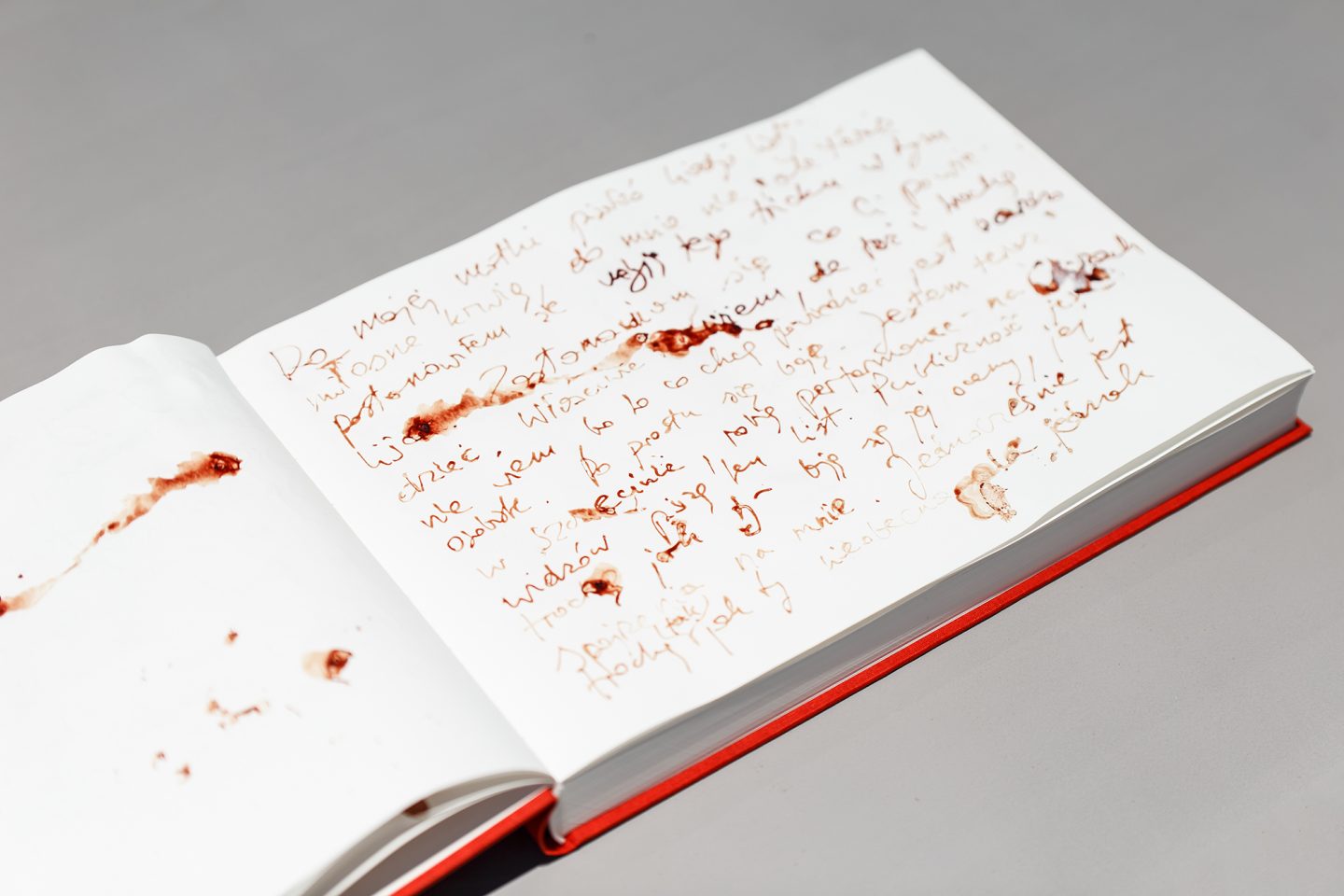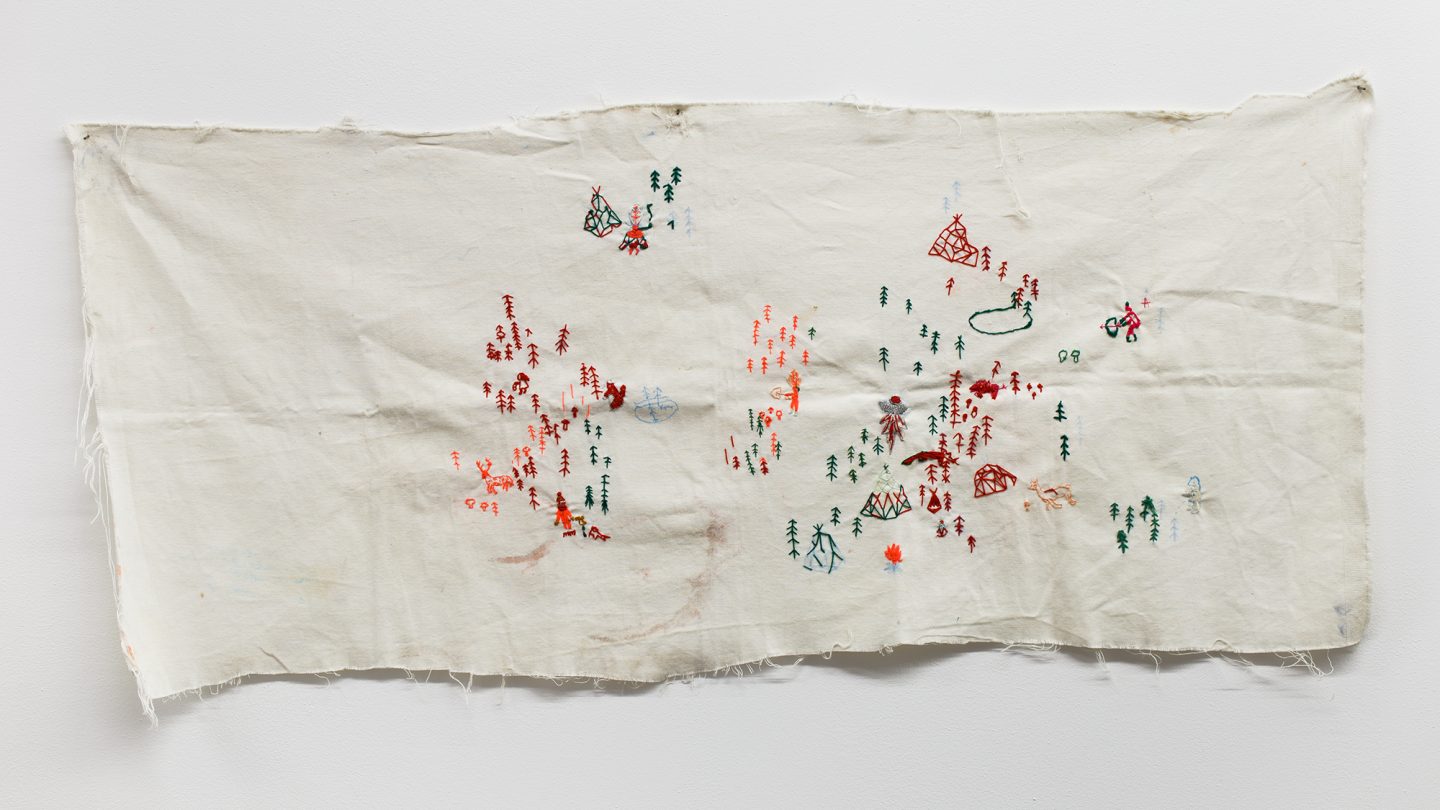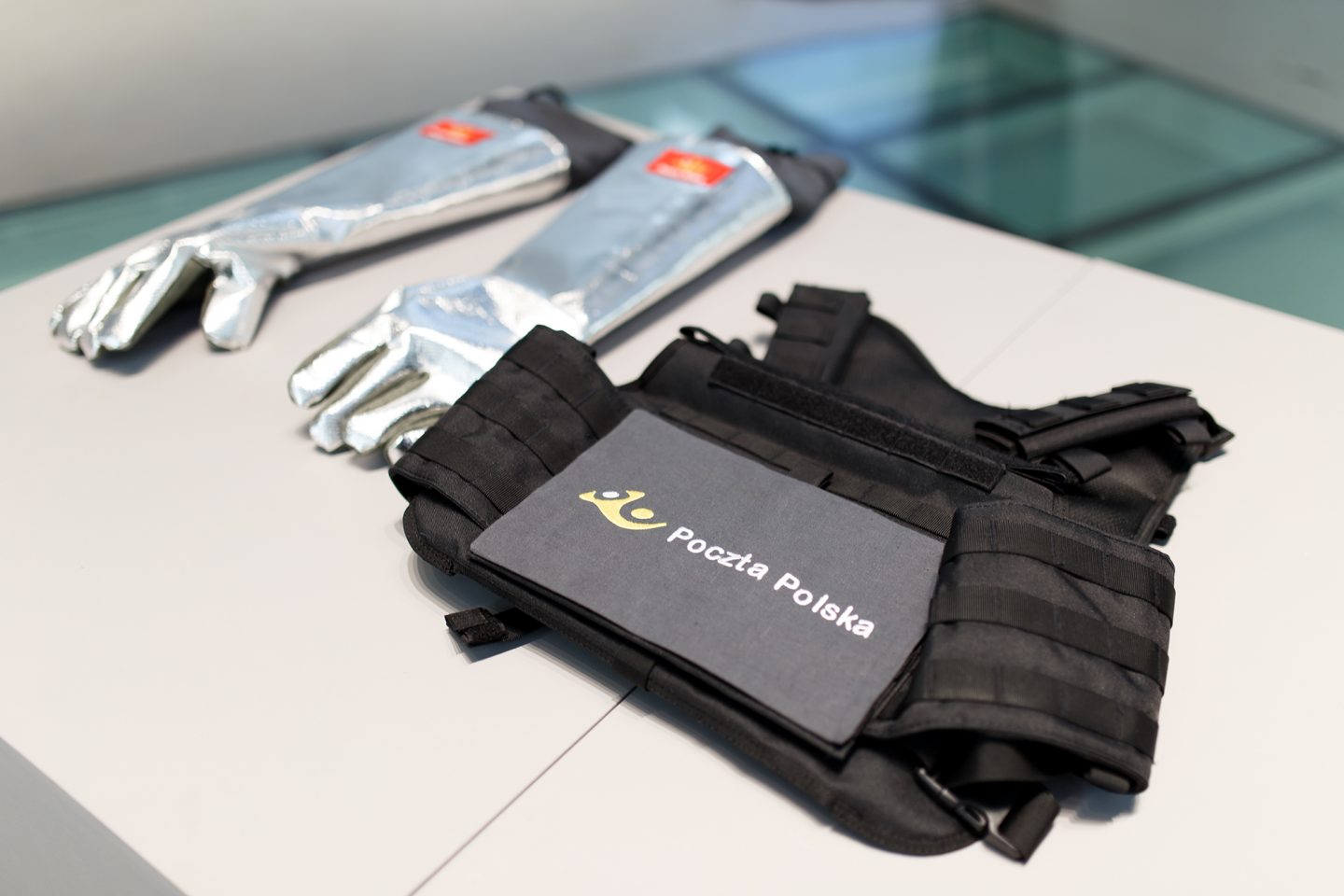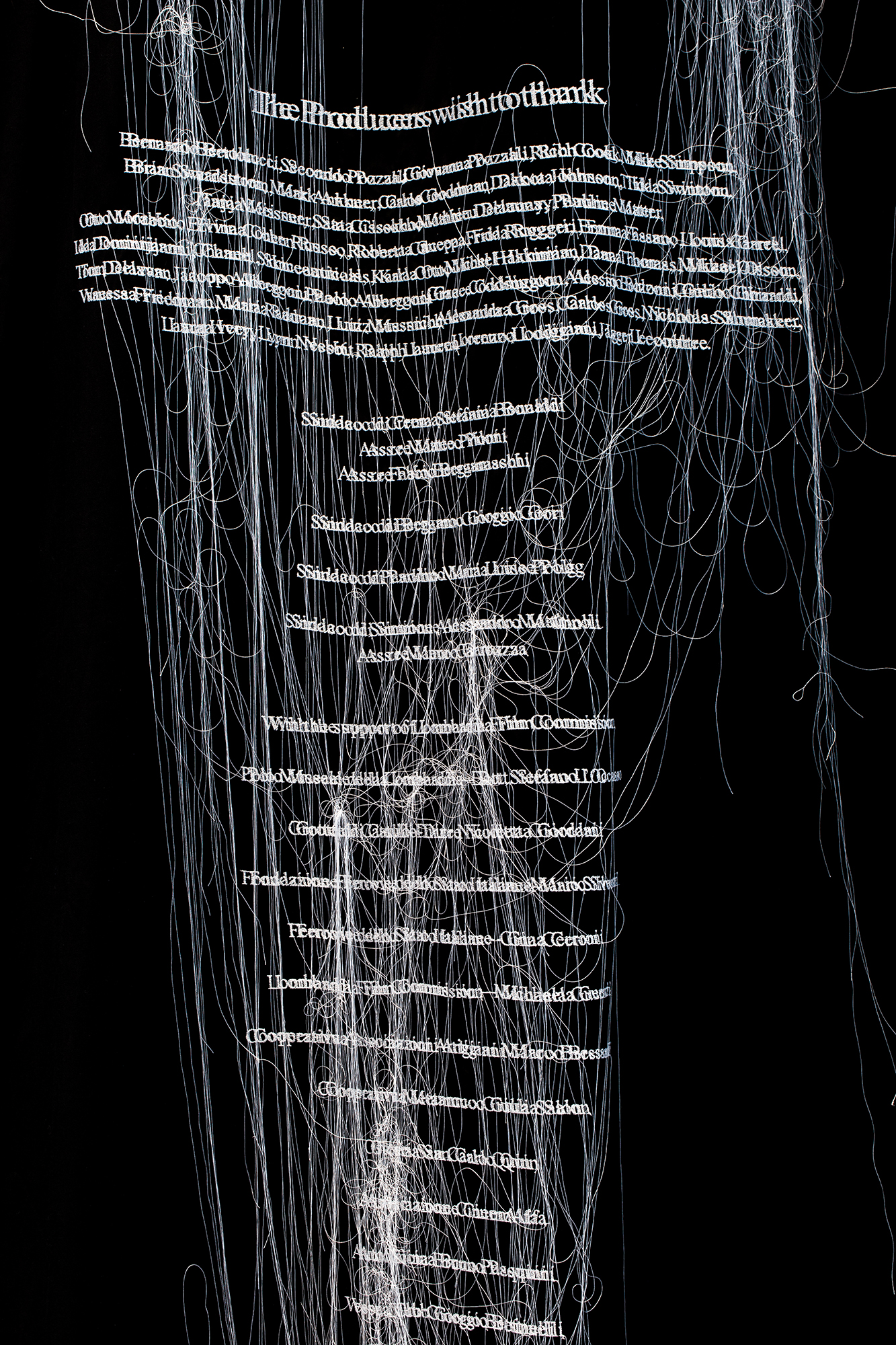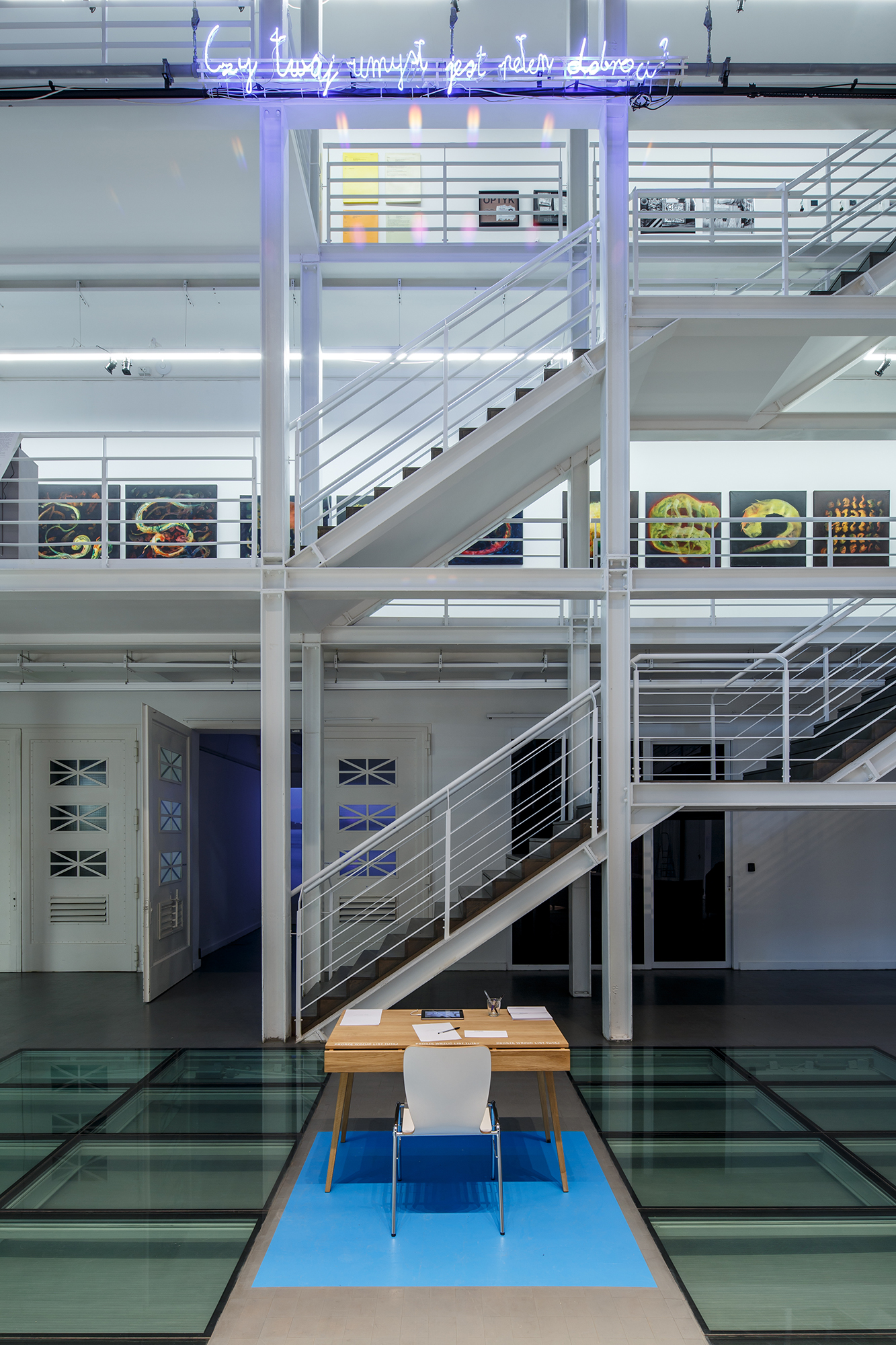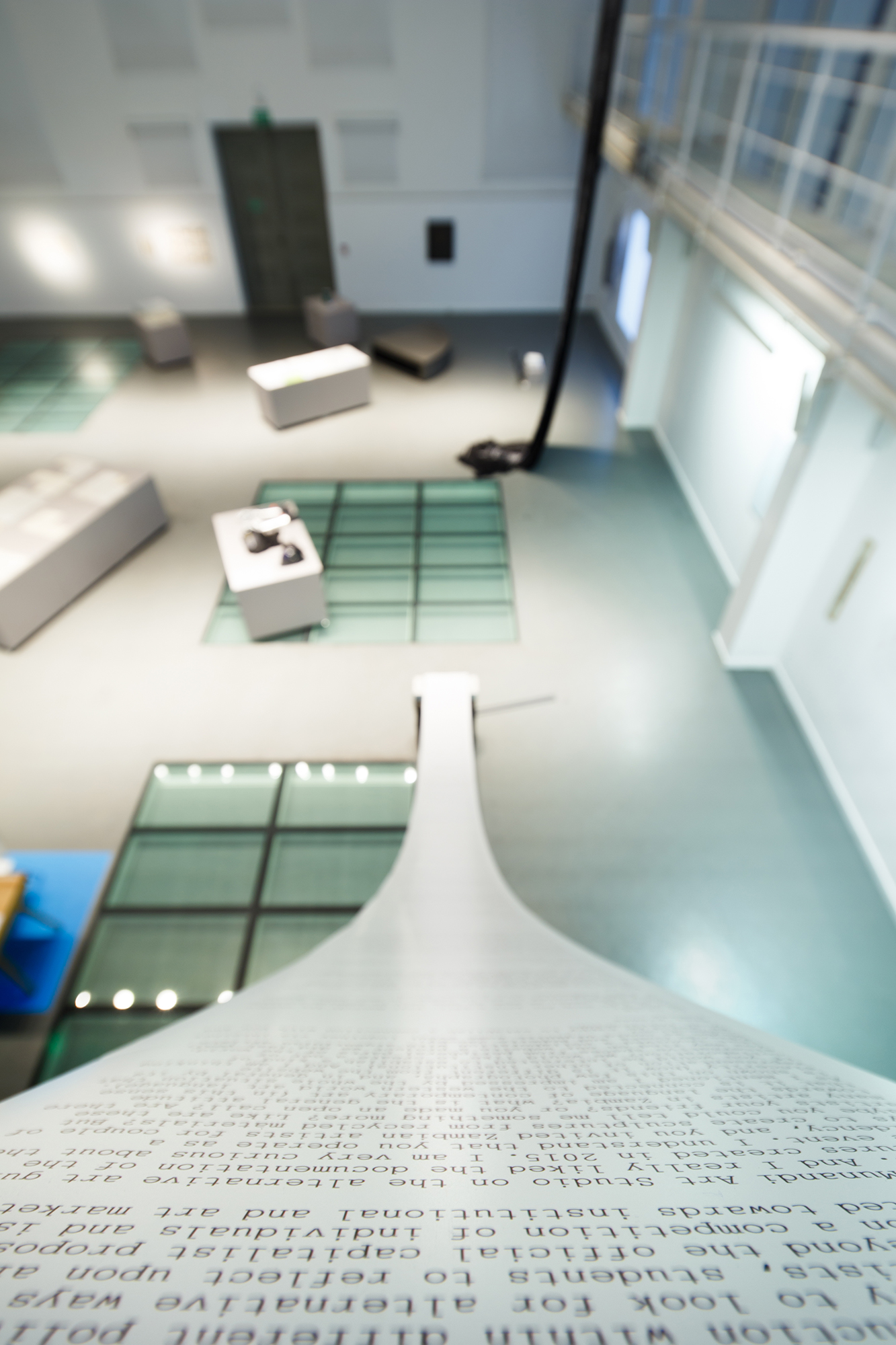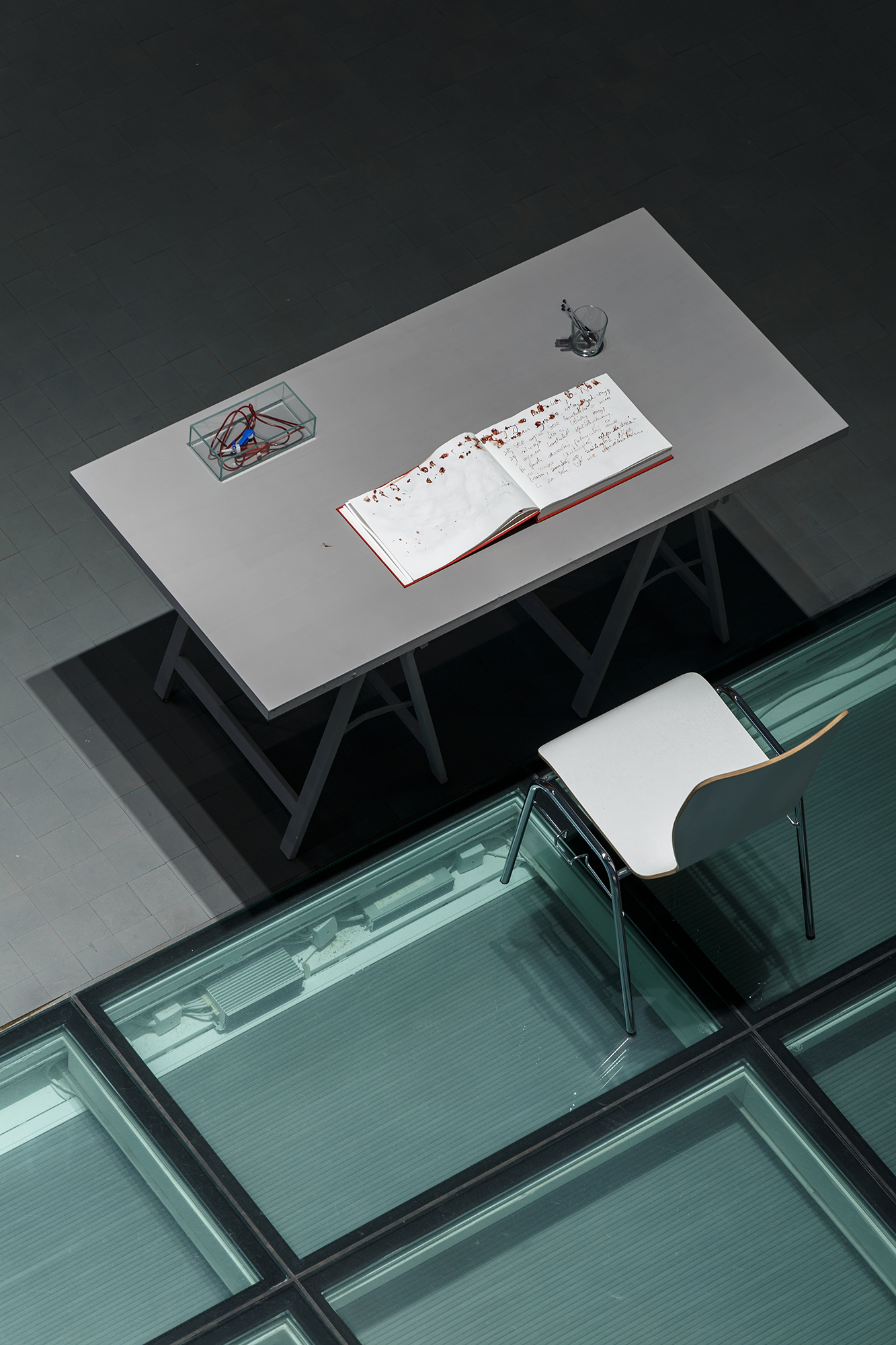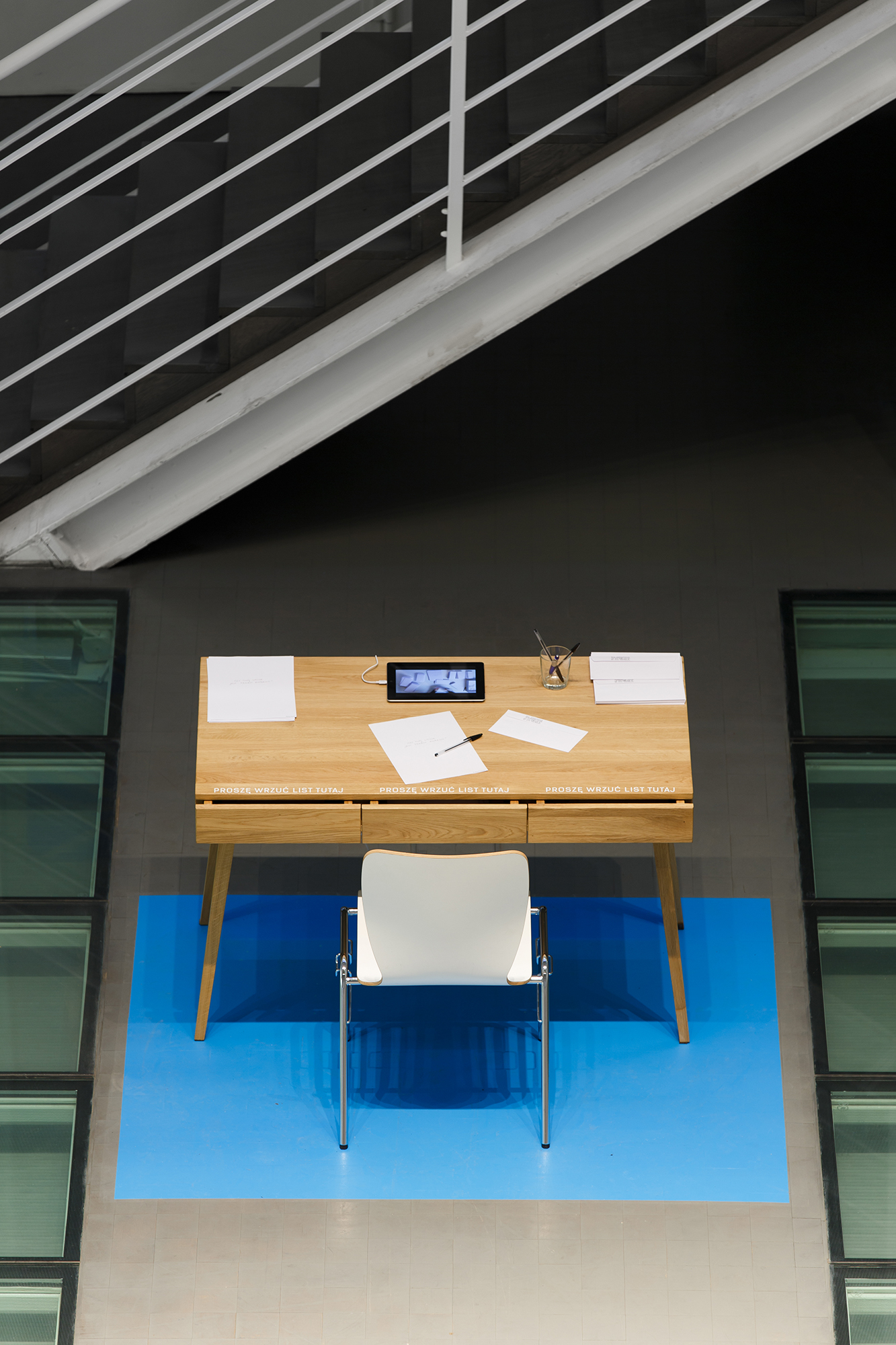To know that one does not write for the other, to know that these things I am going to write will never cause me to be loved by the one I love (the other), to know that writing compensates for nothing (…), that it is precisely there where you are not – this is the beginning of writing.
Roland Barthes, A Lover’s Discourse: Fragments
The French structuralist’s thought on writing, including the letters written to the other, led him – among other things – to the belief in the failure of writing. The wording of a love letter will never replace or seduce the absent beloved one. We create the impression of the presence of the amorous object, but we do not have any control over the time and space of the reception of our letter. Thus we have no influence over what sense the recipient will make of its contents. According to Barthes, the writing remains, and is created, exactly where there is no recipient, and “this is the beginning of writing”.
The outdating of such claims is symptomatic. Seemingly universal, the above theses on writing are nowadays of a historical nature. In the era of global internet offering an opportunity of simultaneous audio-visual communication between people in different countries or on different continents, writing a letter to reach the other person with our thoughts and emotions becomes an action devoid of any practical value. The writing is no longer useful in expressing our feelings to the other. Thus, any dilemmas related to its limitations are irrelevant. The writing gains a dimension of an anachronistic recreation or an artistic activity, which is of a particular interest to us. Contemporary artists frequently enter into a dialogue with modernity by proposing a new interpretation of what has lost its original meaning.
As we move away from handwriting, we shorten the distance, we impose a dizzying pace, we have the beloved one from the writings of Barthes “here and now”. At the same time, we lose what the writing had to offer. A piece of paper, with the physical need to put letters on it and the long process of sending and receiving correspondence, challenged the imagination, intellect and body. A natural space was created for the suspension of judgement and the conscious shaping of intellectual and emotional message. We have “written” ourselves in a deliberate manner as opposed to creating impulsive or compulsive projections.
The works presented at the exhibition are not based in the sentimental past. They are rooted in the unique time in which we live – the time of the slowly progressing disappearance of handwriting (presently practiced mainly in elementary school didactics). The pen or fountain pen and the sheet of paper have been replaced by the keyboard and monitor. The postal system with the postman has been replaced by data transfer. This is our age.
Through the works of art and documentation featured in the exhibition, we can try to look at our time from a distance. The distance known from handwritten letters.

